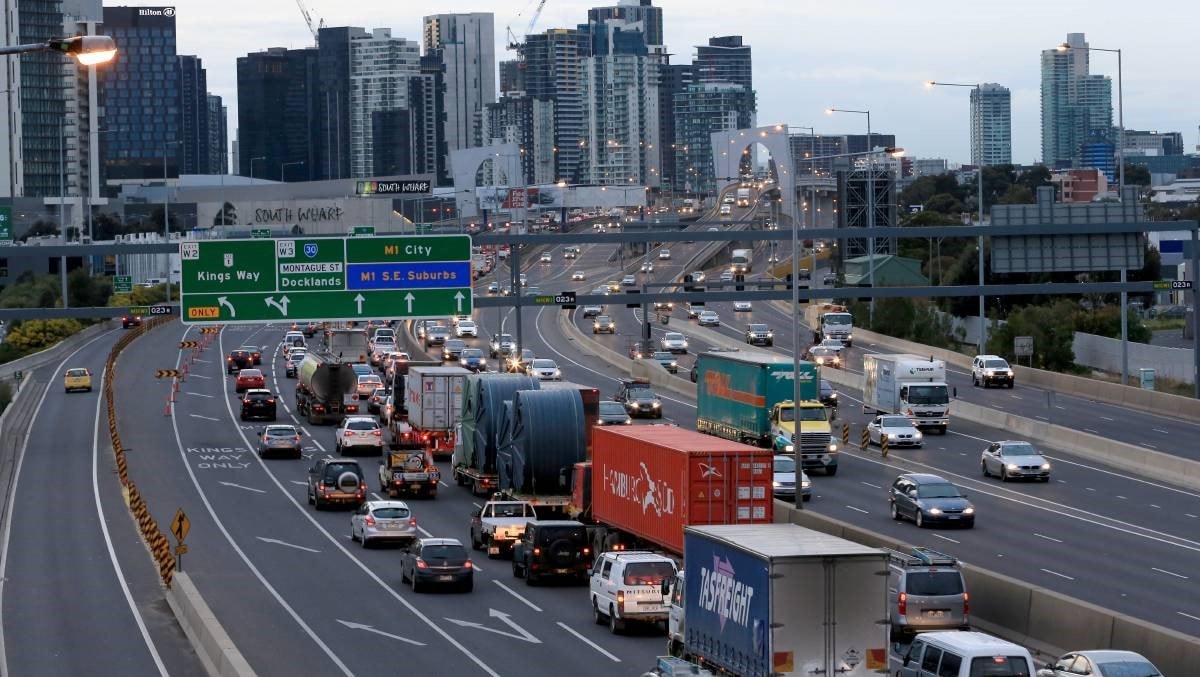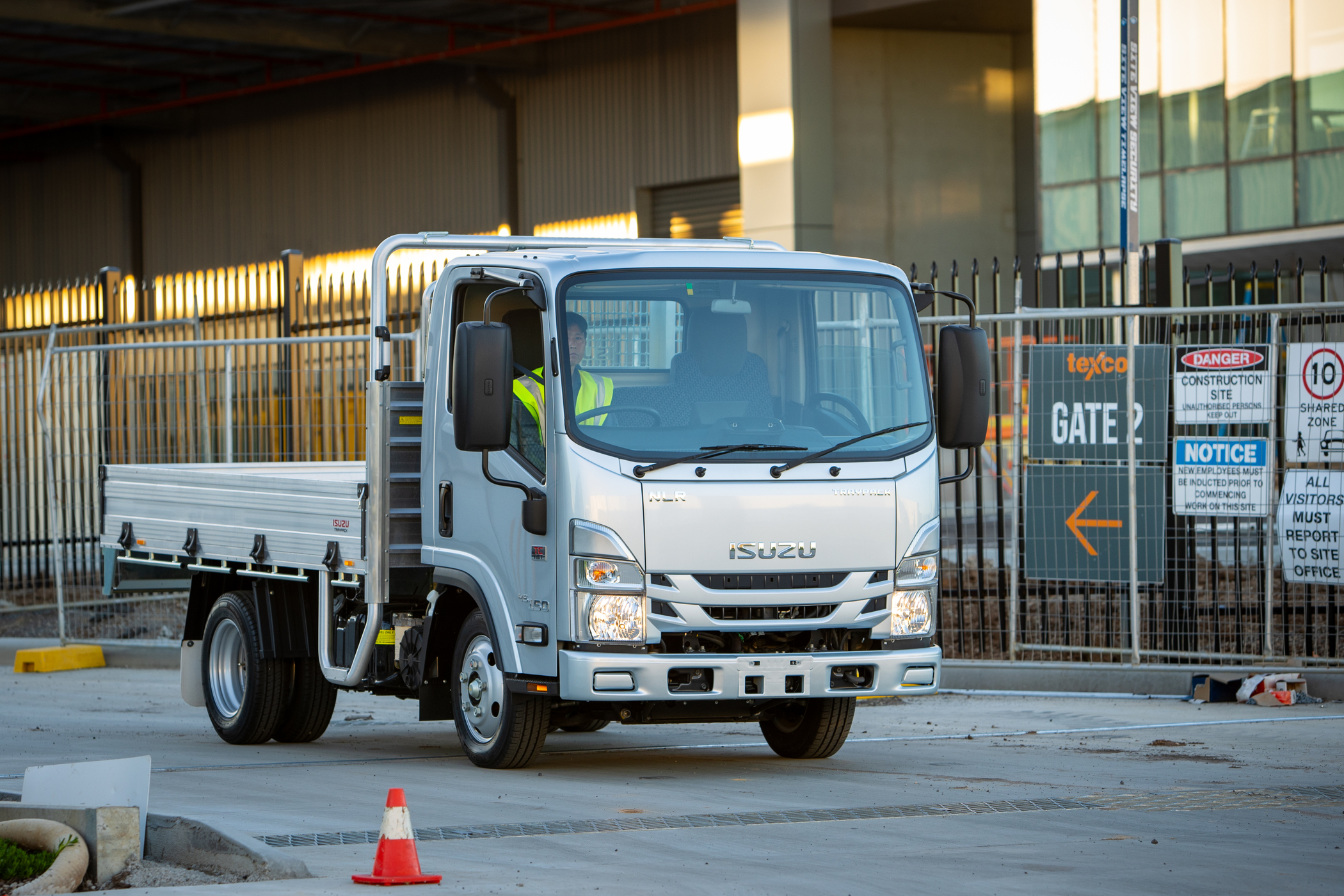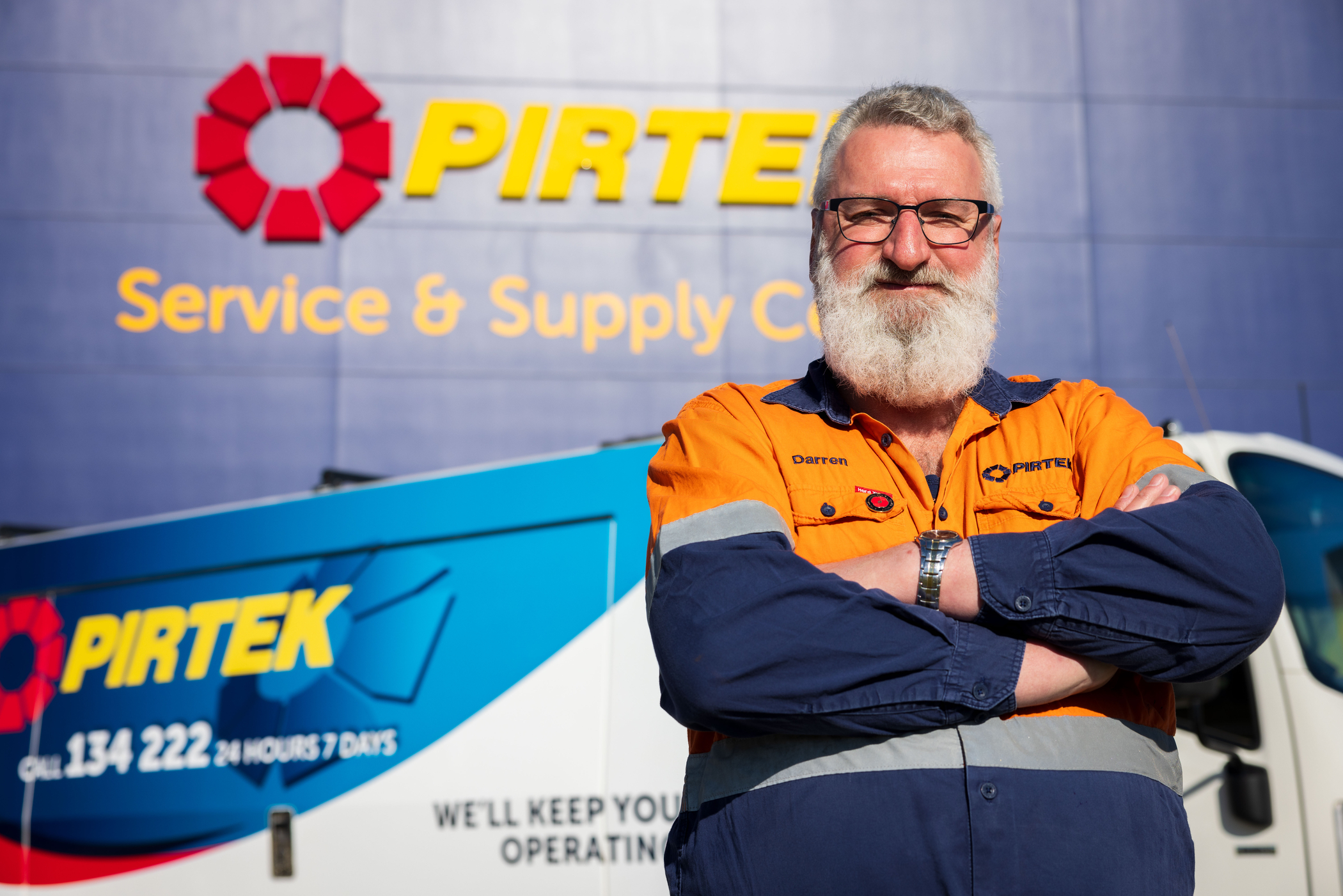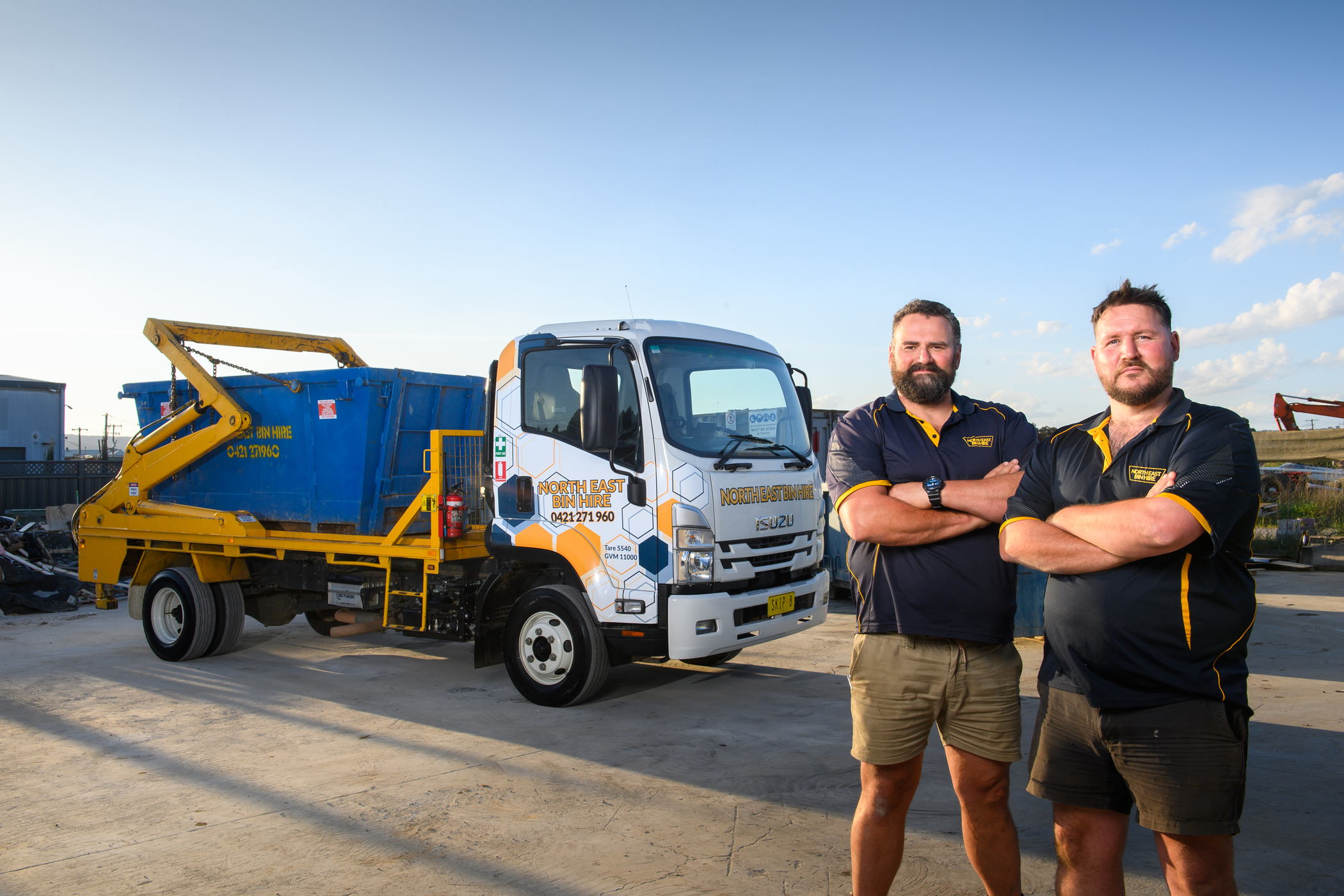Safe Driving In Cities

Driving trucks through our urban landscapes isn’t a task for the faint-hearted.
Between 2010 and 2014, the majority of injury-causing heavy rigid truck accidents occurred in either an urban area (81%) or a major city (72%). Indeed, it’s a fact that our cities weren’t built with trucks in mind—just take a look at the history of Melbourne’s Montague Street bridge. But today, safe driving is more accessible than ever. With the help of technology, drivers can take some of the pressure off themselves and be much more aware of things happening around them. This doesn’t mean relinquishing your own awareness, of course, but it’s handy to have a co-pilot helping you look out for potential issues along the way. The first quarter of 2018 has seen incidents involving heavy trucks decrease. And to do what we can to help the reduction, we’ve come up with a list of tips to assist with safer driving in the cities. Take your time Time is a difficult luxury to obtain in a deadline-driven job but being a couple of minutes late is better than losing hours (or worse) due to an accident. Cities are chock-full of distractions and driving slowly and safely allows you to be more vigilant and spot potential hazards before they can cause any real harm. Keep your distance Traffic is nearly inescapable (especially in the city), and so are sudden stops. And as a truck driver you’ll know better than anyone else that trucks take longer to slow down than cars. The advice is simple: keep a safe gap between you and the vehicle in front at all times to avoid one of the most prevalent road incidents. Do your research If feasible, try and check your route before you turn the key and look for other traffic hazards you might run into like low height clearances, one-way streets, hook turns (Melbourne only) and tight roundabouts. City networks can be a confusing place to operate in but planning your drive will minimise time spent in congestion and reduce the chances of getting into trouble. Depending on the type of truck and its load size, the National Heavy Vehicle Regulator’s Interactive Trip Planner can be a handy tool. It allows you to plan your run whilst also giving you feedback on a range of issues and hazards you may face. The routes can be saved as can then form a part of your submission to assess permit applications. Height and width More than one truck has lost their side mirror (or even their load) to a tight city squeeze. Public transport stops and refuge islands tend to take up a lot of space, making roads even narrower for trucks. As for height, low-clearance bridges, tunnels and car parks are where trucks can get stuck—literally. Plan your route around them and, if they’re unavoidable, be wary on approach. But with all that said, don’t risk it if there’s a chance you’ll end up in trouble. As the saying goes, 'when in doubt, leave it out.’ Using the right truck Buying and allocating trucks specifically designed for urban driving offers a distinct advantage. Compared to a longer wheel base truck, a light or medium-duty truck with more car-like handling is going to be more effective in congestion and during peak times.
Another upside to a smaller truck? It will also allow you to access more locations, which opens up new business opportunities. Who can say no to that?
Vision
From computer technology to more sophisticated mirrors, manufacturers are doing everything they can to reduce truck blind spots.
Today’s trucks have incredible safety features. So, as well as having more responsive and predictable handling, many new trucks have similar safety features to your average car. Features such as camera vision displayed on improved LCD screens, which are useful for navigating tight loading bays and busy city streets.
Avoiding peak hour
Avoid the traffic and the unexpected headaches. We know that drivers are constantly under the pump to meet deadlines, but if you can, aim to drive during off-peak periods.
Fuel
Even driving a car, it can be near impossible to find easily accessible fuel in the CBD.
It seems elementary, but make sure you’ve got enough juice before you leave the suburbs.
So, there you have it, some simple tips for surviving the urban jungle intact, on time and on budget. Want more useful tips? Have a quick read of what to do in a roadside breakdown, and how to avoid it.
Compared to a longer wheel base truck, a light or medium-duty truck with more car-like handling is going to be more effective in congestion and during peak times.
Another upside to a smaller truck? It will also allow you to access more locations, which opens up new business opportunities. Who can say no to that?
Vision
From computer technology to more sophisticated mirrors, manufacturers are doing everything they can to reduce truck blind spots.
Today’s trucks have incredible safety features. So, as well as having more responsive and predictable handling, many new trucks have similar safety features to your average car. Features such as camera vision displayed on improved LCD screens, which are useful for navigating tight loading bays and busy city streets.
Avoiding peak hour
Avoid the traffic and the unexpected headaches. We know that drivers are constantly under the pump to meet deadlines, but if you can, aim to drive during off-peak periods.
Fuel
Even driving a car, it can be near impossible to find easily accessible fuel in the CBD.
It seems elementary, but make sure you’ve got enough juice before you leave the suburbs.
So, there you have it, some simple tips for surviving the urban jungle intact, on time and on budget. Want more useful tips? Have a quick read of what to do in a roadside breakdown, and how to avoid it.


Playtime’s over, get $3,500* to spend on extras.
If you’re ready to get serious about tackling bigger jobs, grab yourself an NLR 45-150 AMT SWB Traypack from the Ready-to-Work range for $62,990 drive away*. And to prove we aren’t playing, buy any NLR Traypack before June 30 and you’ll get $3,500* to spend on genuine accessories or an Essentials service agreement.
Learn more



